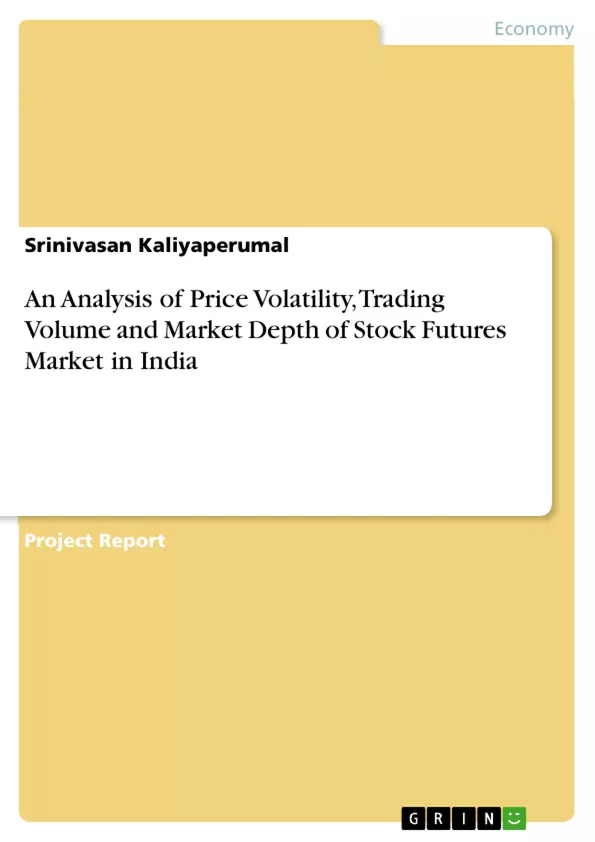Every modern economy is based on a sound financial system and acts as a monetary channel for productive purpose with effecting economic growth. It encourages saving habit by throwing open and plethora of instrument avenues suiting to the individuals requirements, mobilizing savings from households and other segments and allocating savings into productive usage such as trade, commerce, manufacture etc.
Thus a financial system can also be understood as institutional arrangements, through which financial surpluses are mobilized from the units generating surplus income and transferring them to the others in need of them. In nutshell, financial market, financial assets, financial services and financial institutions constitute the financial system. The activities include exchange and holding of financial assets or instruments of different kinds of financial institutions, banks and other intermediaries of the market.
Financial markets provide channels for allocation of savings to investment and provide variety of assets to savers in various forms in which the investors can park their funds. At the same time, financial market is one that integral part of the financial system which makes significant contribution to the countries’ economic development. It establishes a link between the demand and supply of long-term capital funds. The economic strength of a country depends squarely on the state of financial market, apart from the productive potential of the country. The efficient allocation of fund by the capital market depends on the state of capital market. All the countries therefore focus more on the functioning of the capital market. Indian financial market has faced many challenges in the process of effecting more efficient allocation and mobilization of capital.
It has attained a remarkable degree of growth in the last decade and in continuing to achieve the same in current decade also. Opening up of the economy and adoption of the liberalized economic policies have driven our economy more towards the free market. Over the last few years, financial markets, more specifically the security market were experiencing a lot of structural and regulatory changes. The major constituents of financial market are money market and the capital market catering to the type of capital requirements.
Table of Contents
- Chapter - I
Introduction and Research Design - Chapter - II
Review of Literature - Chapter - III
Theoretical Overview of Futures and Option Market - Chapter - IV
- 4.1 Introduction
- 4.2 Econometric Methodology
- 4.2.1 Unit Root Test
- 4.2.1.1 Augmented Dickey Fuller Test
- 4.2.1.2 Phillips-Peron (PP) test
- 4.2.2 GARCH Model
- 4.2.3 Augmented GARCH Model
- 4.2.3.1 Expected Components of Trading Volume & Open Interest
- 4.2.3.2 Unexpected Components of Trading Volume & Open Interest
- 4.2.1 Unit Root Test
- 4.3 Results and Discussion
- 4.4 Conclusion
- Chapter - V
- 5.1 Introduction
- 5.2 Econometric Methodology - Linear and Non-Linear Models
- 5.3 Results & Discussion
- 5.4 Forecast Evaluation
- 5.5 Summary and Conclusion
- Chapter - VI
Summary, Conclusion and Policy Implications
Objectives and Key Themes
This thesis aims to analyze the price volatility, trading volume, and market depth of the stock futures market in India. It seeks to contribute to the understanding of how these factors influence market efficiency and risk management in the context of the Indian financial system.
- Price Volatility and Market Depth in the Indian Stock Futures Market
- The Impact of Trading Volume on Price Volatility
- Econometric Modeling of Market Dynamics
- Policy Implications for Efficient Market Operations
- Risk Management in the Indian Stock Futures Market
Chapter Summaries
Chapter I provides an introduction to the research topic, outlining the role of the financial system in economic growth and the importance of a well-functioning capital market. The chapter explores the evolution of the Indian financial market and highlights the significance of understanding price volatility, trading volume, and market depth in the context of the stock futures market. Chapter II reviews existing literature related to the research topic, examining existing studies on price volatility, trading volume, and market depth in financial markets. The chapter discusses various theoretical frameworks and empirical findings that provide a foundation for the research. Chapter III delves into the theoretical underpinnings of futures and option markets, providing a comprehensive overview of the mechanisms and dynamics of these derivative markets. Chapter IV explores the econometric methodology employed in the thesis to analyze the data, focusing on the unit root test, GARCH model, and augmented GARCH model. The chapter discusses the significance of these models in capturing the volatility and dynamic relationships within the market.
Keywords
This thesis primarily focuses on the Indian stock futures market, analyzing price volatility, trading volume, market depth, risk management, econometric modeling, and policy implications. It examines the dynamics of the market through empirical analysis, utilizing methodologies like unit root tests, GARCH models, and augmented GARCH models. The thesis provides insights into the factors influencing market efficiency and the role of derivatives in managing financial risk.
- Citation du texte
- Srinivasan Kaliyaperumal (Auteur), 2010, An Analysis of Price Volatility, Trading Volume and Market Depth of Stock Futures Market in India, Munich, GRIN Verlag, https://www.grin.com/document/415947



